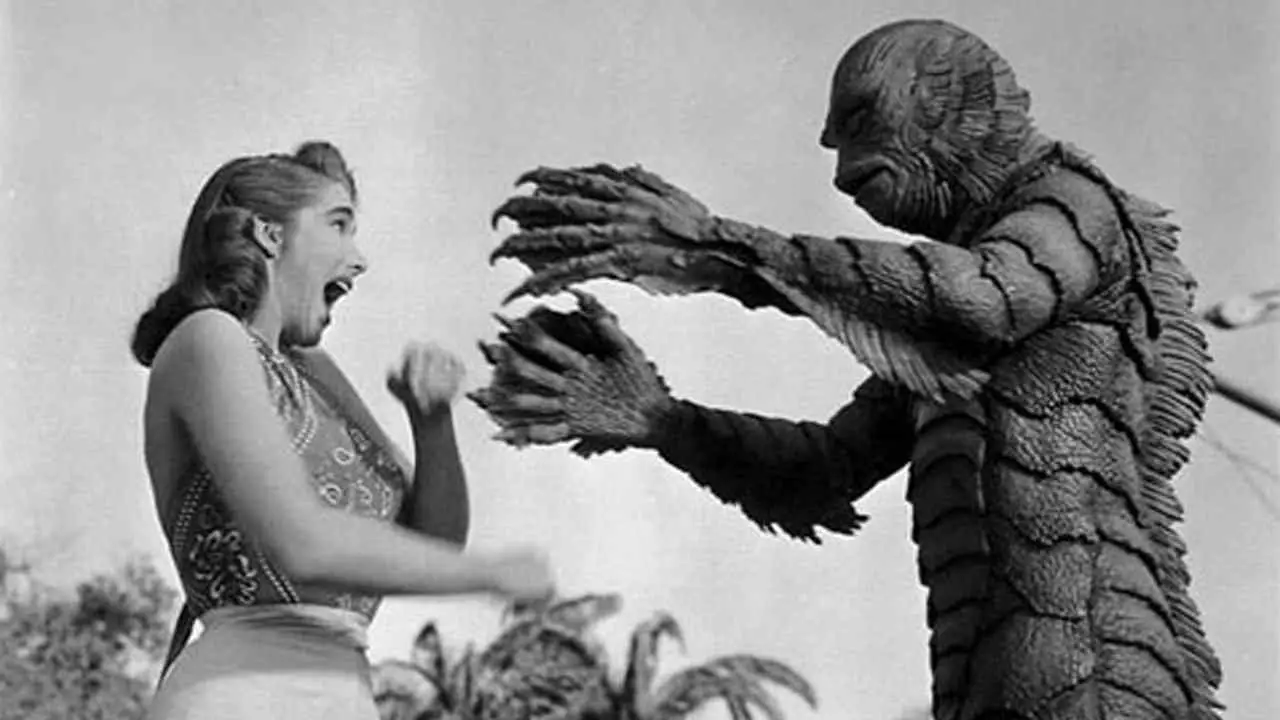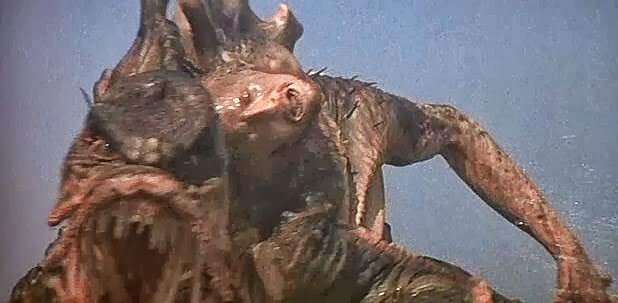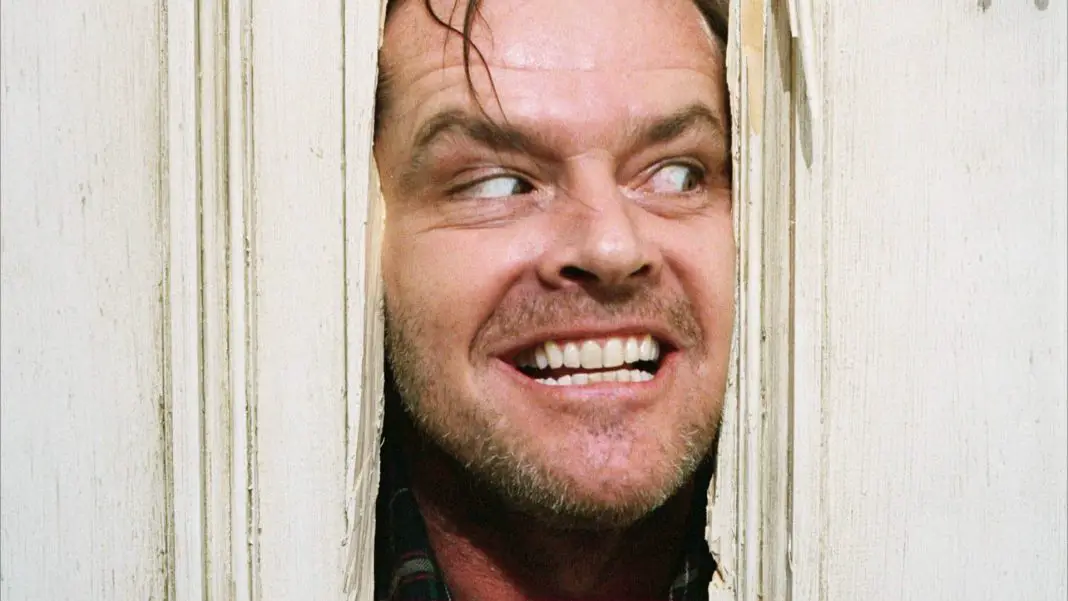Everyone remembers the first time they saw Jaws, whether they watched it during its initial theatrical run or just scrolled by it on the SyFy Channel one day. It was a hugely impactful, influential piece of cinema. It made a whole generation—maybe even generations—of viewers terrified of the water. It’s hard to imagine any other movie with that kind of staying power.
But it’s not just Jaws that makes people afraid of the ocean. Really, the ocean can do that by itself. It’s a terrifying place. We still know more about space than we truly know about what’s down there. Water makes up over 75% of this planet and there’s still so much mystery, so much we’re still learning and so much we’ll probably never find out. When you take all of this into account, it’s amazing that oceanic horror isn’t one of the biggest, most prevalent horror subgenres out there.
Yet it really isn’t. Most popular ocean-based movies are centered on sharks, hence the moniker “sharksploitation.” It makes sense, sure, as Jaws proved sharks can be horrifying. But they’re far from the only scary thing lurking down in the depths of the deep blue sea.

Extremely introverted and xenophobic, Lovecraft used exploration and discovery as scenes of horror and chaos across his entire body of work. From the King Kong-esque adventures and monster movie antics of “The Call of Cthulhu” to the body horror of “The Shadow Over Innsmouth,” the bulk of the creatures in the author’s stories stemmed as much from the sea as from the stars.
The images of Lovecraft’s mermen were echoed in Universal’s 1954 feature, The Creature from the Black Lagoon, which gave us the last of the iconic Universal Monsters. Centering on the discovery of a prehistoric fishman, the film was itself a missing link, the transition point from classic horror into the atomic age.
 Of course, everything was brought forward into the modern era with the publication of Peter Benchley’s Jaws. People tend to forget that this great pop culture phenomenon started with a single book, but it really did. While there are major differences between the novel and the film, much of the same structure and sense of dread is there. When Spielberg was adapting Jaws to film, he said his plan was to keep the second half as close to the book as possible, because he loved everything between the three men aboard the Orca. After the huge success of Jaws, Benchley went on to cement himself as the big name in oceanic horror. Every novel published after Jaws had a deep sea theme and most of them were about another sort of aquatic monster.
Of course, everything was brought forward into the modern era with the publication of Peter Benchley’s Jaws. People tend to forget that this great pop culture phenomenon started with a single book, but it really did. While there are major differences between the novel and the film, much of the same structure and sense of dread is there. When Spielberg was adapting Jaws to film, he said his plan was to keep the second half as close to the book as possible, because he loved everything between the three men aboard the Orca. After the huge success of Jaws, Benchley went on to cement himself as the big name in oceanic horror. Every novel published after Jaws had a deep sea theme and most of them were about another sort of aquatic monster.
Many of Benchley’s later books were also adapted to film, though never with anything approaching the success of his blockbuster debut. The Deep, The Island, Beast and White Shark (adapted as Creature) all made it to the screen with varying degrees of quality. White Shark, to me, remains one of his strongest novels and Creature is an undeniably fun movie. Benchley never stopped exploring the horrors of the deep in his books, but he never limited himself primarily to sharks.
 That’s a big key when it comes to oceanic horror. As much as everything set at sea risks feeling like more of the same, as much as they could be in danger of rehashing each other, there really are no limits. There could be anything down there. The ocean is vast and scary, being trapped inside the inherent claustrophobia provided by a submarine is scary, diving is even scary when you think about all the far too easy ways to die while doing it, including simply coming up too fast. The ocean is the perfect environment for horror and if we get a lot of cool creatures out of that at the same time, all the better.
That’s a big key when it comes to oceanic horror. As much as everything set at sea risks feeling like more of the same, as much as they could be in danger of rehashing each other, there really are no limits. There could be anything down there. The ocean is vast and scary, being trapped inside the inherent claustrophobia provided by a submarine is scary, diving is even scary when you think about all the far too easy ways to die while doing it, including simply coming up too fast. The ocean is the perfect environment for horror and if we get a lot of cool creatures out of that at the same time, all the better.
The late 80’s saw a return to deep sea horror in a big, bad way with movies like Leviathan and Deepstar Six while the ‘90s gave us Deep Rising and Deep Blue Sea. As with every subgenre, there’s a whole spectrum of quality and I’ll admit that with the fact that there aren’t as many ocean movies as vampire movies—for example—it can be a lot more noticeable.
With the sheer amount of shark flicks over the past couple of years—Sharknado, Ghost Shark, Shark Avalanche, 3-Headed Shark Attack, Jersey Shore Shark Attack, just to name a few—it can seem ridiculous to say that there’s a significant lack of aquatic horror these days, but I’m going to say it anyway. Sharks are great, but there are so many other, scarier creatures down there. Where are all the Angler Fish movies? There aren’t nearly as many original creatures being conceived and not as many monster movies as there used to be in general. For lack of a better term, this niche area of horror has found itself in an unfortunate dry spell. And maybe it’s for the best that we don’t become submerged in this type of creature feature, maybe it’s better that these always remain a relatively small group, lurking less in the depths of the sea and more in the depths of Netflix.







